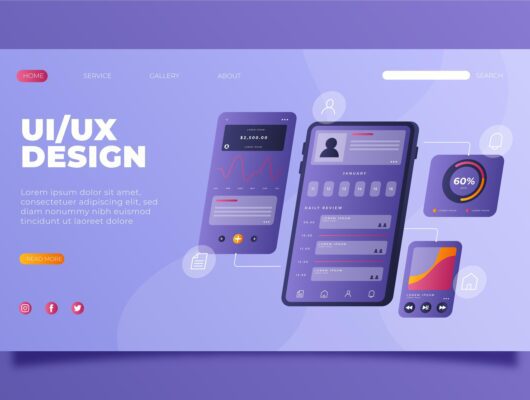Introduction
Today, in the fast digital world, user experience across devices has turned out to be a significant factor in business success. Being an element of personal life and any kind of business operation, this article discusses why Integrating Mobile Apps with Computer Platforms is essential, how it benefits one, what to consider, and how to do it best.
The Need for Integration
The rise in mobile devices has dramatically impacted how users relate to digital platforms. As users progressively bank on smartphones and tablets, they expect a consistent and seamless user experience from all their devices. This insatiable demand is fueling the need for integration. This ensures that users can switch between devices without compromising functionality or user experience.
Benefits of Integrating Mobile Applications with Computer Platforms
Enhanced productivity: This would lead to better productivity, as the user would quickly and readily avail of the same facilities and information on switching from one device to another. Hence, the application makes it easier for users to switch from any environment to the.
Streamlined Workflows: Businesses can streamline their workflows for better efficiency and less redundancy. With this method in place, it ensures all devices function well-coordinatedly and supports real-time updating and access to information.
Enhanced Accessibility and Convenience: Data and applications can easily be accessed since they are retrievable from any device. This improves convenience and accessibility to the users as this makes them more flexible in the location of work and the mode of working.
Critical Issues to Be Addressed in Integration
- Understanding User Needs and Their Behavior: For effective app integration, understanding user needs and their behavior is quite vital. Businesses should design solutions based on user expectations by collecting user feedback and doing thorough research.
- Right technology stack: One should select a suitable technology stack and use it to integrate. Business organizations should go for cross-platform development frameworks such as React Native or Flutter, which provide the ability to build an application compatible with several platforms.
- Data Synchronization: Data synchronization is vital for maintaining consistency across devices. This calls for excellent synchronization mechanisms to effect changes in real time across different devices.
Top Tools and Technologies for Integration
API-Based Integrations: Application Programming Interfaces help interfacing software systems. Thus enabling mobile apps to integrate seamlessly with computer platforms.
Cross-Platform Integration: By this, it means frameworks such as React Native and Flutter, which enable the developers to put up apps that would regularly work on both mobile and desktop platforms while maintaining a uniform user experience.
Cloud-based Services: They can be scaled solutions to store and process data. This provides users with a simple way to sync and share their applications and data for real-time results on any device.
Case studies of Successful Integrations
Retail: Omnichannel Shopping Experiences: Retailers like Amazon and Walmart have been able to integrate and offer a unified shopping experience across mobile and desktop interfaces. Users can start their shopping journey on one device and finish it on another, all without a hitch.
Healthcare: Integrated Patient Management Systems: Healthcare facilities use integrated systems to maintain patient records and appointments. For example, MyChart helps patients obtain their medical records and easily interact with health providers through a single platform across multiple devices.
Challenges in Integrating Mobile Apps with Computer Platforms
Security and Privacy Concerns: Maintaining security and privacy issues across different platforms is a huge issue. Business firms need to take vital initiatives to secure user data.
Compatibility Problems: Different devices and operating systems can hardly appear very cordial to each other. Complete testing and further optimization are necessary to let the applications work flawlessly across all platforms.
Optimization of Performance: If the excellent performance of a business is to be retained at best, then a good deal of strategy and management is required for the resources as well. Companies must tackle problems such as battery and load time to ensure a smooth user experience.
Conclusion
Successfully and efficiently introducing mobile applications on computer platforms requires addressing challenges by deciphering user requirements and selecting the best technology practices. Taking up this method of app integration not only improves productivity and convenience but also sets the stage for continued success in a technological age and landscape.







